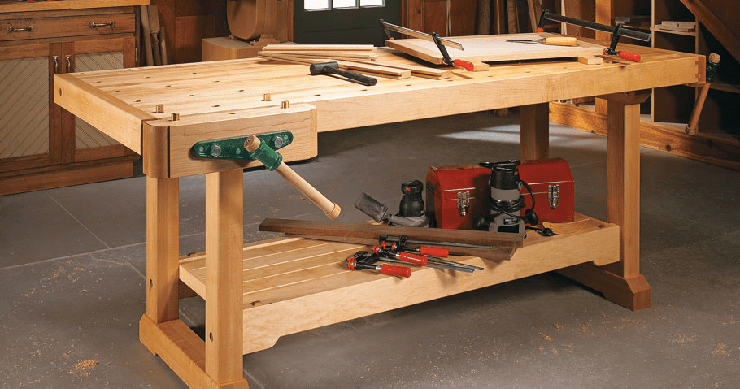Woodworking involves many specialized terms, one of which is “snipe.” Snipe is a deeper cut or indentation at the ends of a board when it’s fed through a planer or jointer, leading to uneven thickness. This issue can arise due to inadequate support of the board during the planing or jointing process, misalignment of blades or cutterheads, or inconsistencies in pressure applied by feed rollers. Despite common misconceptions, snipe is not exclusive to lower-quality machines and can be avoided with proper techniques and adjustments.
Identifying snipe involves looking for depressions or differences in thickness at the ends of boards. It’s important to regularly inspect for snipe, as it can compromise the aesthetics, dimensions, and structural integrity of a woodworking project, leading to waste and additional costs. To prevent snipe, woodworkers should ensure proper machine setup, provide adequate support for boards, and use techniques like feeding sacrificial boards through the machine before and after the actual workpiece.
Experienced woodworkers suggest using sacrificial boards, adjusting planer settings, controlling feed rates, and supporting longer workpieces to cope with snipe. Additionally, using a helical cutterhead and maintaining consistent feed rates can minimize snipe. By implementing these strategies and learning from others’ experiences, woodworkers can produce high-quality, snipe-free projects.
In summary, understanding and addressing snipe is crucial to achieving precision in woodworking. Proper machine setup, technique, and advice from seasoned woodworkers are key to minimizing this issue. Woodworkers must be proactive in applying these measures to enhance the quality of their work and avoid the negative impacts of snipe.
Key Takeaways:
- Snipe in woodworking refers to the unwanted deeper cuts or indentations at the ends of a board when passed through a planer or jointer.
- Proper machine setup, including the use of sacrificial boards and consistent feed rates, can help minimize or eliminate snipe.
- Snipe can negatively impact the aesthetics and structural integrity of woodworking projects, leading to material waste and additional work.
“Snipe, in woodworking, refers to the thin cut or gouge that occurs at the beginning or end of a board when it passes through a planer or jointer. Identifying snipe is essential for woodworkers as it can affect the quality and aesthetics of their projects.”
More details: here






